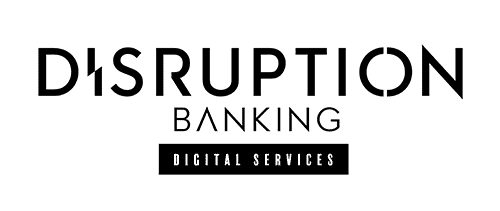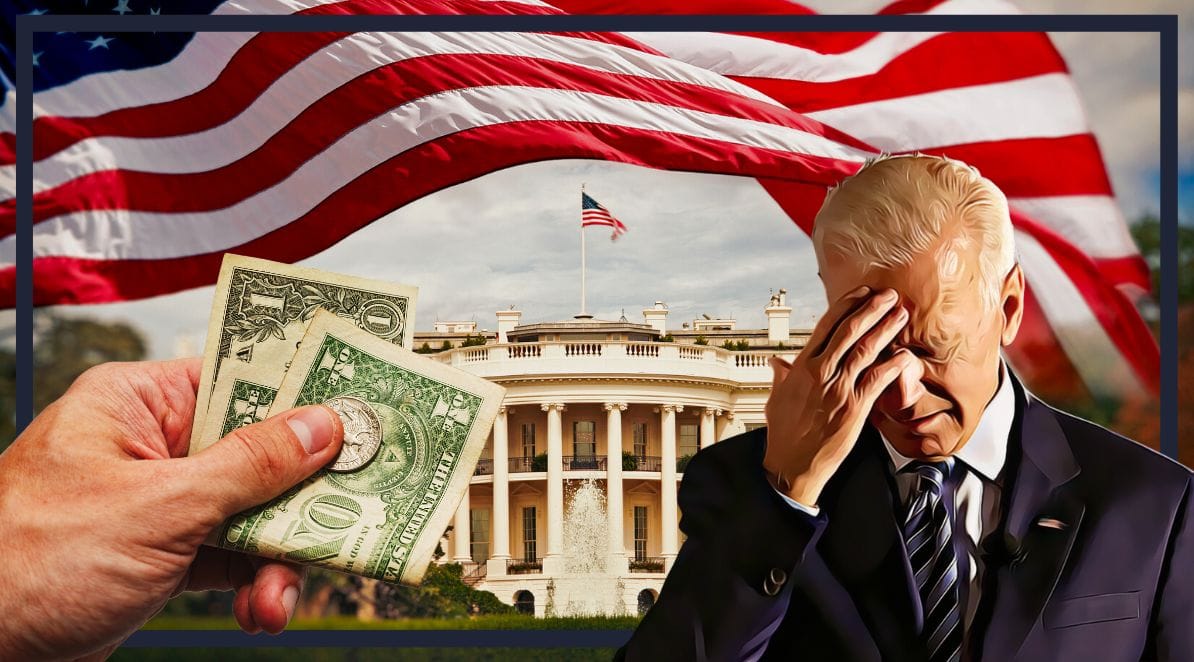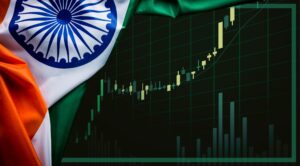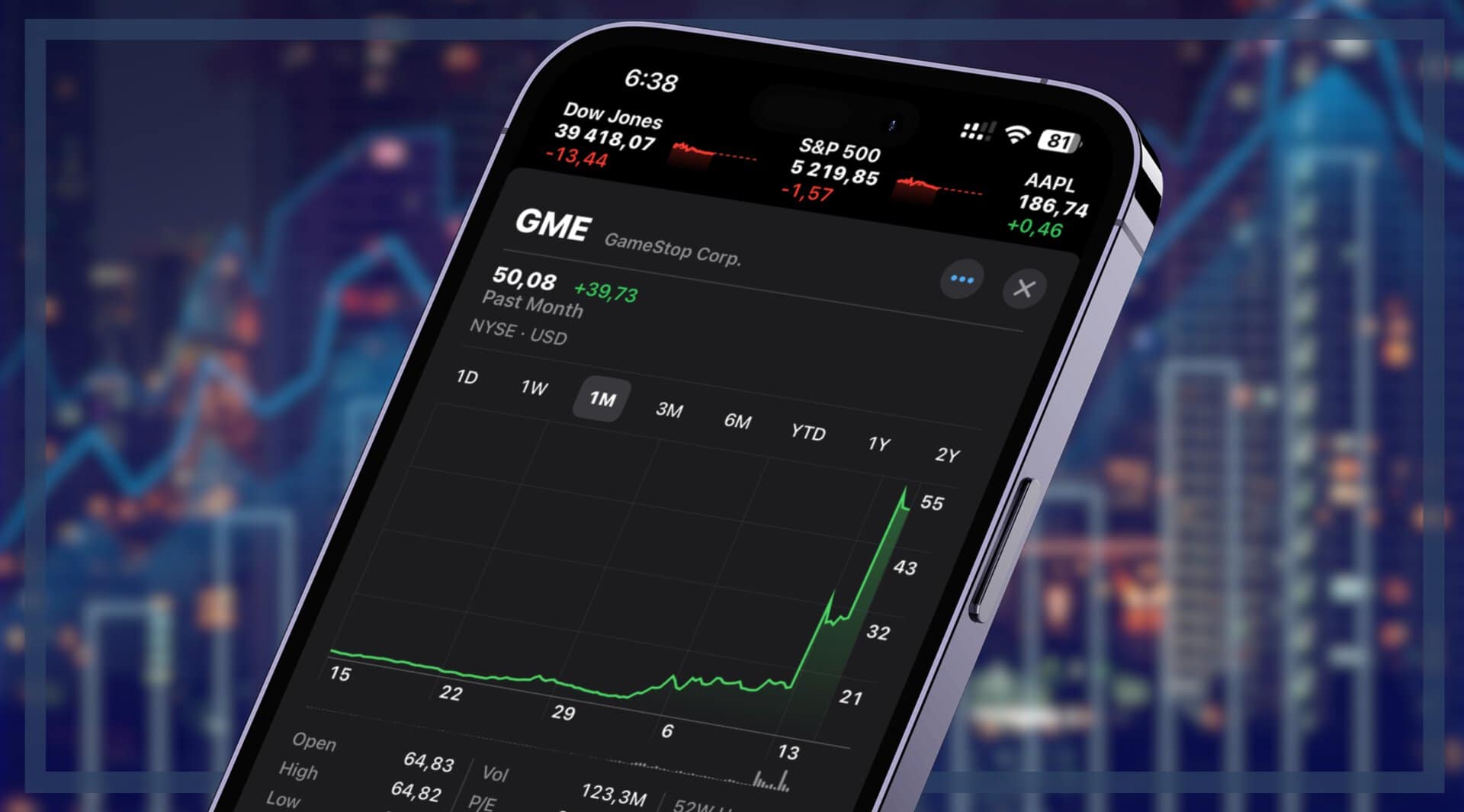“The strongest economy in the world, the most powerful nation in the world, is not going to pay its debts when due? You’ve got to be kidding?”
Jim Millstein, former Treasury department official, thinks it may all be a joke, but fears are rising that the US could be on track for an unprecedented default on its debts. The US government is approaching the debt ceiling and needs to ask Congress for the ceiling to be raised so that it can borrow more money. If it can’t do so, the US government is legally unable to borrow to service its debts and meet its financial obligations.
Negotiations on this issue are nothing new. Since 1960, Congress has acted 78 times either to raise the debt ceiling permanently or extend it temporarily. However, the deadline to do so again is fast approaching. The US Treasury Secretary Janet Yellen has said that the government can only pay its bills until early June – just a couple of weeks away.
Janet Yellen ramps up warnings of a US debt default – saying it would break markets and lead to an 'economic and financial storm' https://t.co/KoLx82lDe7
— Insider Business (@BusinessInsider) May 17, 2023
Political negotiations remain fraught. Joe Biden has been criticised by Republican leaders for heading to Japan for the G7 summit with world leaders rather than staying at home to sort this issue out. History suggests that the two parties will find a way to resolve this eventually, but what happens if not? And what would happen to the S&P 500, the world’s largest market index?
It is a statement of the obvious to suggest that the S&P 500 would likely post steep losses in the event of a default. Even near-misses have caused problems in the past. In 2011, for example, the US was experiencing a similar debt issue in the aftermath of the global financial crisis. The growing risk of a default – a risk which did not materialise – led the global credit ratings agency Standard & Poor to downgrade the US’ rating from AAA to AA+. This was the first time in history that the US saw its credit rating downgraded. Moody’s also threatened to lower their rating.
On a single day, 8th August, the S&P 500 lost 79.92 points or 6.7%. Every one of its 500 stocks dropped. Between May and October 2011, the S&P declined by almost 22%. If the index lost almost a quarter of its value merely because of fears of a default, how much would it lose if that fear became a reality?
This decline would undoubtedly prompt wider problems worldwide. For one, many exchange-traded funds (ETFs) are exposed to the S&P and would see steep falls too. Most ETFs that mirror the S&P are market cap weighted, meaning that the bigger companies, such as Apple and Microsoft, are overrepresented – a lot would depend on how well prepared they are for the financial repercussions of a default.
Whoa.
— Nick Knudsen 🇺🇸 (@NickKnudsenUS) May 15, 2023
This weekend, the Peterson Institute for International Economics warned that default—or even brinkmanship over default—will have serious “deleterious impact on the US dollar's key currency role and America's standing in the world broadly.”
Republicans are holding the US… pic.twitter.com/sHgDb5sRCW
Non-US investors would have even more problems. A default would almost certainly lead to a steep drop in the value of the US dollar and potentially even throw into question its status as the world’s reserve currency. Foreign investors with exposure to the S&P would there see losses not only in absolute terms, but in relative terms, as their dollar assets would be less valuable when converted to their local currency. This dollar depreciation would also mean further relative losses for foreign investors with exposure to other US-denominated assets such as US government bonds.
Perhaps more widely, it’s possible that the S&P simply would never recover – at least in full – from the reputational damage inflicted by a default. Investors put their money into the S&P and other US assets because they are seen as a relatively safe option. As the White House put it in a 2021 memo, “the credit of the United States is built on centuries of stability and responsibility.”
If “centuries” of such behaviour were to come to an end, it’s not clear how the S&P and other markets would be able to adapt.
Author: Harry Clynch
#US #DebtCeiling #USGovernment #S&P #USDollar















